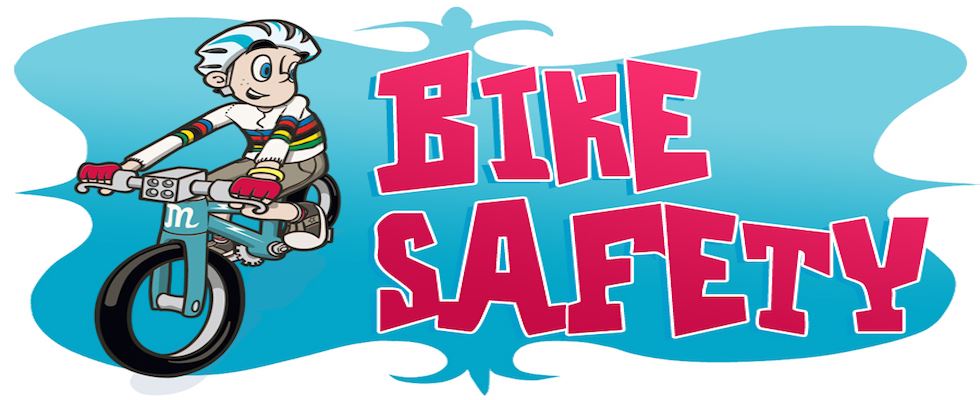Riding bicycles will not only benefit the
individual doing it, but the world at large.
~ Udo E. Simonis
Okay, I admit it; I don’t always come to a complete stop at stop signs. But there’s a dangerous behavior at stop signs I’ve observed on some group rides. A group of riders stop at a stop sign, perhaps to let another driver through, to let pedestrians cross, or for some other reason when another rider comes from behind, passes the stopped riders, and goes through the intersection without stopping. This behavior endangers him or herself, breeds ill will toward cyclists, and aggravates the stopped riders. When you see cyclists stopped at an intersection, you should always assume there is a reason and come to a full stop.
There’s a second dangerous behavior I’ve seen. Wheelers are typically quite good at calling “Car Back” when there is a car trying to pass a group of riders. But all too often, two or three people riding abreast fail to pull over into a single file formation to let the car pass. While there are times when taking over a lane is advisable, the default behavior should be to pause your conversation, pull to the right (of course, after checking there is room), and let the car pass.
These behaviors may both come from the same root cause. Don’t let riding in a large group lull you into feeling cyclists own the road and can violate traffic rules or safe cycling practices. “Share the Road” works both ways, so even in a large group follow the same safe riding behavior as you would when riding by yourself or with one other person.



